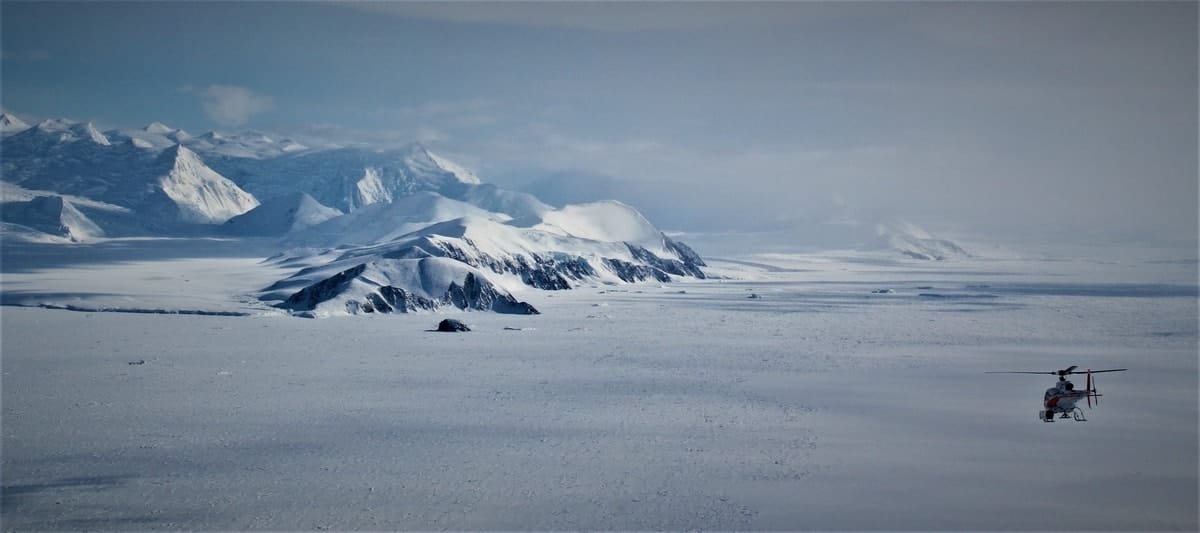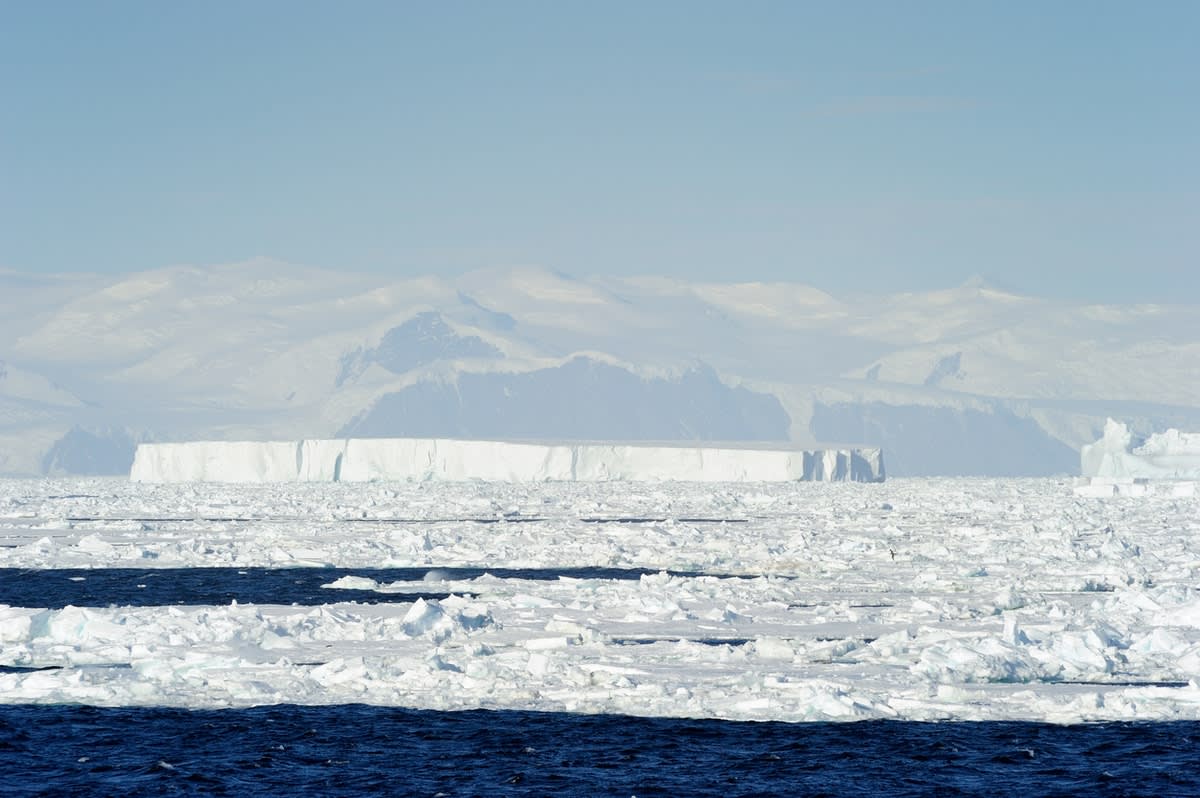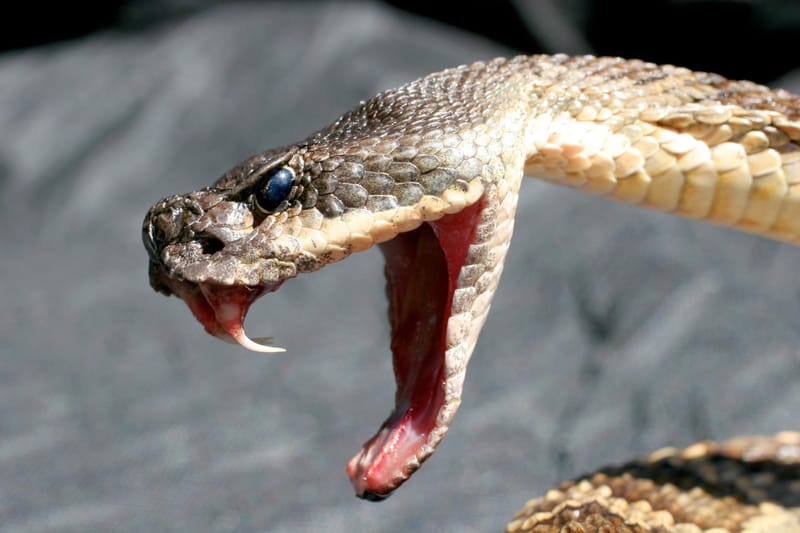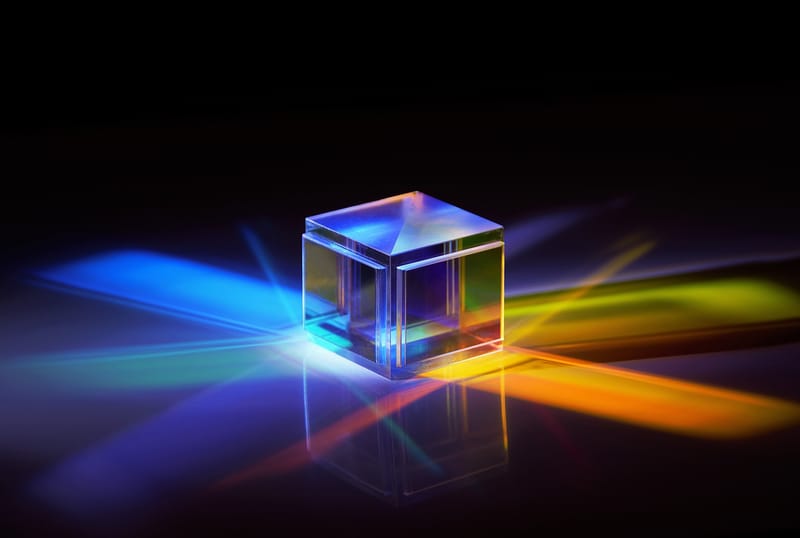
Between 7500 to 4500 years ago, Mawson Glacier on the coast of east Antarctica began melting into the sea. In 2016, researchers Ross Whitmore and Richard Jones spent four weeks camping at Mawson, collecting rocks around the glacier to help them understand how the melt took place, and over what period.
The researchers wanted to gain a better understanding of what’s likely to happen to other glaciers – particularly the giant Thwaites Glacier in west Antarctica – that are melting today.
“People are quite worried about how much ice loss, and corresponding sea-level rise, is going to occur, and how fast,” Dr Jones explains.
Their research shows that after the end of the last Ice Age, Mawson Glacier lost at least 220 metres of ice thickness over about 400 years, then continued thinning more gradually until about 1000 years ago.
Once the melting began, the process gained momentum and progressed automatically. “The ice loss gets worse, essentially, for several centuries,” Dr Jones says. The glacier then remained relatively stable.
The Mawson Glacier descends east from the Antarctica plateau, and slopes into the Ross Sea.
The researchers say the part of the glacier that extended into the western Ross Sea kept melting until it was all gone – like an ice cube in a glass of water.
The part of the glacier that extended into the western Ross Sea kept melting until it was all gone – like an ice cube in a glass of water.
The angle of the land surface under the glacier helped accelerate the flow of ice into the warming ocean, contributing to “this ice loss event that then lasted for several centuries”, Dr Jones says.
The two men built this picture from information gleaned from quartz in the rocks they collected around Mawson Glacier.
Quartz allows researchers to date distant events. When exposed to the open sky, cosmic rays transform oxygen-16 in the quartz into the isotope beryllium-10. By measuring the beryllium-10 in the quartz, Dr Whitmore and Dr Jones were able to determine when Mawson melted, and how long this took.
This geochemistry was carried out in New Zealand, but will be possible at Monash University from late 2021, following an investment in a new geochemistry laboratory within the School of Earth Atmosphere and Environment.
“The glacier melt wasn’t due to global warming at this time,” Dr Jones says. “It just happened to be that this is when warm ocean waters were able to get access to this part of the ice sheet.
“What is important, though, is that this glacier melt can provide crucial insight into present-day and future ice sheet loss.”

Less 'doomsday', but the threat is real
A similar process is taking place at west Antarctica’s Thwaites Glacier today, he says. Thwaites has been dubbed “the Doomsday Glacier” because of the contribution it will make to sea-level rise, and the flooding of coastal cities, if it melts completely. Between the 1980s and 2017, the massive glacier lost more than 600 million tonnes of ice.
Dr Whitmore dislikes the term “Doomsday Glacier” because it’s sensationalist, but he acknowledges that the threat posed by Thwaites and the nearby Pine Glacier is real.
“What we see with our data is that abrupt thinning happens for a few hundred years,” he says. “We only have a couple of decades’ worth of records or observations for the Thwaites and Pine Island glaciers, and what we’re seeing is a tremendous draw-down of the surface of those glaciers, and a tremendous amount of mass loss as well.
“My message would be that we’re probably only in the beginning stages of what’s going to happen. Please don’t take that as alarmist.”
Dr Whitmore and Dr Jones stress that Antarctic research is interdisciplinary. They’re part of the Monash Ice Sheet Initiative, working with Professor Andrew Mackintosh, head of the School of Earth, Atmosphere and Environment.
The initiative seeks to answer three questions:
- Are humans responsible for Antarctica’s recent and growing contribution to rising sea levels?
- How do ice sheets and glaciers respond to climate change and variability across space and time?
- What are the processes behind rapid ice sheet retreat, and when will this occur?
When the Mawson Glacier melted, conditions were much colder than they are today, Dr Jones says.
“The ice sheet covered the whole continental shelf until you got into the deep ocean. The ice sheet was much, much larger, and as a result of natural climate change, it started to shrink.
“A relative increase in ocean temperature seems to have caused, or at least kick-started this ice loss that we recorded. But actually, that change in temperature was still likely a lot less than what we’re seeing today, and was probably more gradual.”
Read more: Time running out: Antarctica has lost three trillion tonnes of ice in 25 years
In 2020, anthropogenic – or human-generated – climate change is warming the ocean and atmosphere in Antarctica. West Antarctica is particularly vulnerable.
Understanding what happened at Mawson Glacier is “really important to gauging what may happen in west Antarctica, whether we'll see a complete collapse of the ice sheet there, or not,” Dr Whitmore says.
Securing Antarctica’s Environmental Future is an international research project led by Professor Steven Chown, from Monash University’s School of Biological Sciences. Dr Chown and Steve Rintoul from the CSIRO have written that three trillion tonnes of ice has been lost from Antarctica between 1992 and 2017, with the annual rate of ice loss tripling in west Antarctica over that period.
Importantly, research also shows that by reducing greenhouse emissions, humans can curb ice loss from the Antarctica ice sheet, limiting sea-level rise.
Vital insights into what lies ahead
Neither Dr Whitmore nor Dr Jones want to scare people with apocalyptic scenarios, but they’re convinced that their work provides crucial insights into the perils ahead.
The two men have each visited Antarctica three times, and say that the experience has changed them.
Mawson Glacier, which they visited once together, is isolated, even for Antarctica. The field work was inland, so penguins and other creatures aren’t found there, and when the wind doesn’t blow the silence is all-encompassing, says Dr Jones.
Returning to life in Australia, where the discussion around climate change is still politicised, “was disheartening”, Dr Whitmore says. “I really try not to preach, and try to engage with people as best I can – not just tell them the science, but talk to them about what it means for all of us.”
Dr Jones was also recently awarded a DECRA Fellowship to conduct similar research across Antarctica in order to better predict how much and how fast ice sheet loss will occur by 2100 and beyond.





